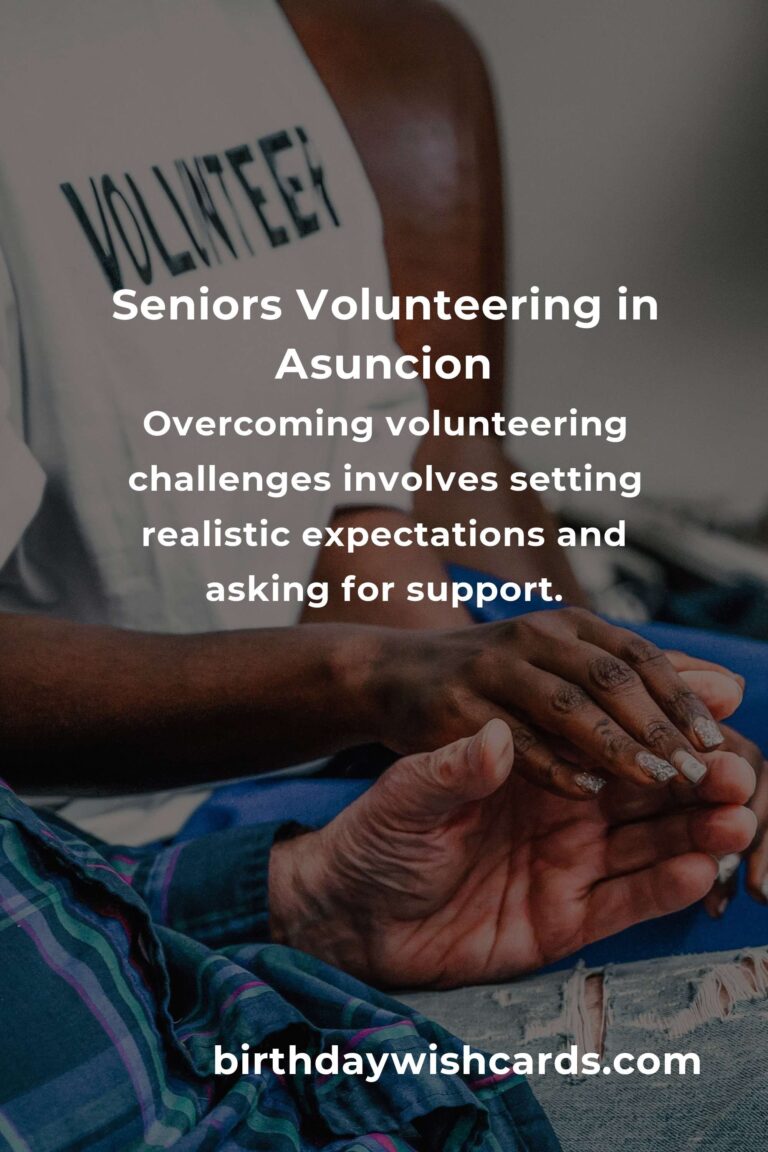4 June: International Day of Innocent Children Victims of Aggression
Background of the Day
The International Day of Innocent Children Victims of Aggression, observed each year on 4 June, underscores the profound impact of armed conflict on children around the world. This observance traces its roots to the influential Graça Machel report, which brought global awareness to the devastating effects of war on children. In 1997, the United Nations General Assembly adopted resolution 51/77 on the Rights of the Child, marking a pivotal moment in the international commitment to protect children affected by conflict.
This resolution reflected a new consensus among UN Member States, highlighting the need for focused attention, advocacy, and coordinated international action to address the vulnerabilities and rights violations faced by children in conflict zones. Through collective global efforts, stronger mechanisms have been established to safeguard the millions of children caught in the crossfire of war and violence.
Resolution 51/77 built upon existing international commitments, including the Convention on the Rights of the Child and its Optional Protocols, as well as annual resolutions on children’s rights. Importantly, it created the mandate of the Special Representative of the Secretary-General for Children and Armed Conflict, charged with monitoring and advocating for the protection of children in conflict situations.
Despite these advances, recent years have seen a troubling rise in violations against children in conflict zones. Today, an estimated 250 million children live in areas affected by armed conflict. These children face increased risks of violence, recruitment by armed groups, displacement, and violations of their fundamental human rights. Urgent action is needed to shield children from harm, promote adherence to international humanitarian and human rights law, and ensure accountability for those who commit abuses against children.
Impact of Armed Conflict on Children
Children are among the most vulnerable victims of aggression and armed conflict. Their physical, emotional, and psychological well-being is severely compromised during times of war. Key impacts of conflict on innocent children include:
- Physical Harm and Death: Many children are killed or gravely injured by bombings, shootings, landmines, and other acts of violence.
- Displacement and Loss of Home: Armed conflict often forces families to flee, resulting in displacement and the hardships of refugee or internally displaced person (IDP) status.
- Separation from Families: Children may become separated from their families or orphaned, increasing their vulnerability to exploitation and neglect.
- Recruitment as Child Soldiers: Armed groups frequently recruit or use children as fighters, laborers, or human shields, exposing them to further trauma and abuse.
- Interruption of Education: Conflict disrupts schooling, depriving children of education and future opportunities.
- Psychological Trauma: Exposure to violence leaves deep emotional scars, including anxiety, depression, and post-traumatic stress disorder.
Global Efforts to Protect Children in Conflict Zones
International organizations, governments, and civil society have increasingly recognized the urgent need to protect children affected by armed conflict. Several key initiatives and frameworks guide these efforts:
- United Nations Security Council Resolutions: Resolutions such as 1612 (2005) established monitoring and reporting mechanisms for grave violations against children in conflict.
- Special Representative on Children and Armed Conflict: The UN Special Representative advocates for children’s protection, engages with parties to conflict, and facilitates action plans to end violations.
- International Treaties and Protocols: Instruments like the Geneva Conventions and Additional Protocols provide legal frameworks to protect civilians—especially children—during armed conflicts.
- Child Protection Programs: Non-governmental organizations and UN agencies implement programs focused on rehabilitation, education, psychosocial support, and reintegration of affected children.
- Advocacy and Awareness Campaigns: Observing the International Day of Innocent Children Victims of Aggression raises global awareness and mobilizes action.
Challenges in Safeguarding Children’s Rights During Conflict
Despite robust legal frameworks and advocacy, protecting children in conflict zones remains a formidable challenge. Key obstacles include:
- Ongoing Violations: Armed groups often ignore international law, continuing to recruit child soldiers and perpetrate abuses.
- Access Restrictions: Humanitarian organizations frequently face barriers to reaching conflict-affected areas to deliver aid and protection.
- Lack of Accountability: Perpetrators of violations against children are rarely held accountable, perpetuating cycles of abuse.
- Complex Conflicts: Modern conflicts often involve multiple actors and non-state armed groups, complicating protection efforts.
- Insufficient Resources: Funding and resources for child protection programs are often inadequate to meet the scale of need.
How Individuals Can Support the Cause
Everyone can contribute to advocating for the rights and protection of innocent children affected by aggression and armed conflict. Here are some ways individuals can help:
- Raise Awareness: Share information about the challenges faced by children in conflict zones through social media, community events, and educational platforms.
- Support Child Protection Organizations: Donate to or volunteer with reputable organizations working to uphold child rights and provide humanitarian assistance.
- Advocate for Policy Change: Engage with policymakers to encourage stronger international action and increased funding for child protection.
- Educate Yourself and Others: Learn about children’s rights and the impact of conflict to better inform your community and inspire action.
Visual Testimony: Images Depicting the Reality
The following images offer a powerful glimpse into the hardships faced by innocent children who are victims of aggression worldwide:
Caring for Monstera Deliciosa: Fenestration Explained




